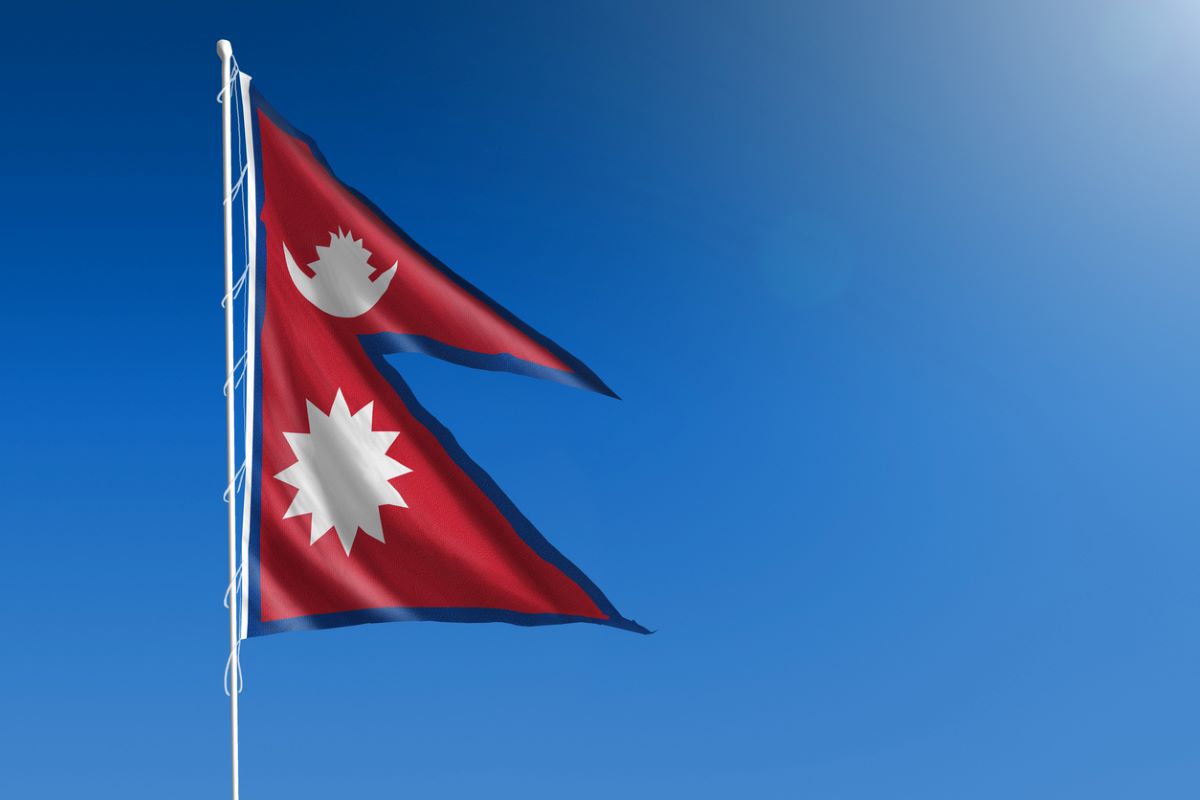New Delhi should be willing ~ and there are signs it is preparing ~ to pump desperately- needed funds into Nepal to prevent it from failing as a state and adding to the chaos in South Asia caused by the economic collapse of Sri Lanka. Nepal’s economy, as an expert recently put it, lacks depth, and this implies it is at risk of an economic crisis despite the statistics not showing any cause for immediate alarm.
As observers have pointed out, there is a reason why Kathmandu banned and/or restricted the import of what it termed luxury items from India last month and Nepal’s central bank is doubling down on augmenting its foreign reserves. A recent media report points out that Nepal has a favourable 37 per cent debt-GDP ratio but its external debt to exports is close to breaching 350 per cent and its repayment obligations have been rising exponentially over the past decade.
Advertisement
Revenue generation is far from keeping pace and is heavily dependent on exports to India. Nepal exported $1.64 billion worth of goods last year to its southern neighbour and half came solely from Soya and palm oil exports. Put another way, India accounts for approximately 80 per cent of Kathmandu’s total exports of which edible oil constitutes a two-thirds share. “As soya oil comes predominantly from South America and palm oil is sourced from Southeast Asia, India ~ as the world’s largest importer of both ~ has access to better sourcing arrangements and a slew of port-based refining facilities to support the trade. Landlocked and food deficit, Nepal doesn’t have such advantages. No economic logic can explain how Kathmandu can make money by importing edible oil through Kolkata port and transferring it to Nepal by road (700 km) for re-export,” the report adds.
Nepal generates its profit margin thanks in the main to export subsidies by Kathmandu and duty exemption by New Delhi on imports from less developed countries (LDCs). Nepal’s main source of foreign exchange is remittances, which constitute 25 per cent of GDP.
The much-touted tourism and tea industries which successive governments in Kathmandu have promised to boost have flattered to deceive. Going forward, Nepal is due for an upgrade to the low-middle-income country status by 2027 which, in turn, would mean many of the duties and other benefits it receives as an LDC will be withdrawn. In these circumstances, a small duty revision by New Delhi on edible oil imports can change the situation dramatically as can India stepping in to help its neighbour in its massive plan to revamp the country’s electricity infrastructure.
With just these two moves, Nepal’s looming economic crisis can be mitigated to a large extent. It will cost money, of course. But then it would be money well spent if it results in India cajoling Nepal back into close, fraternal ties, just as it has Sri Lanka in recent months. A stable neighbourhood where Chinese hegemonic ambitions are contained is essential for prosperity in South Asia.









